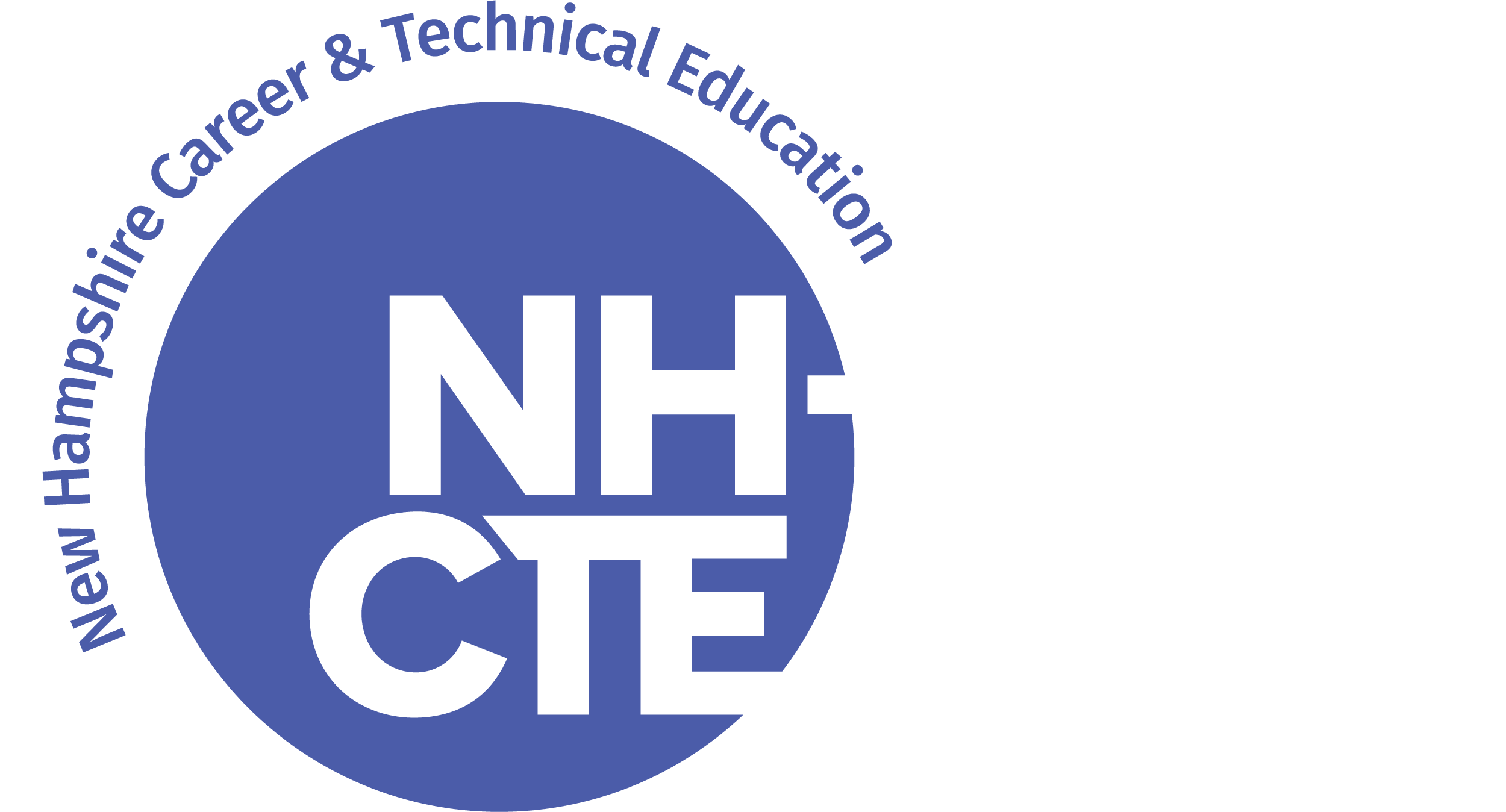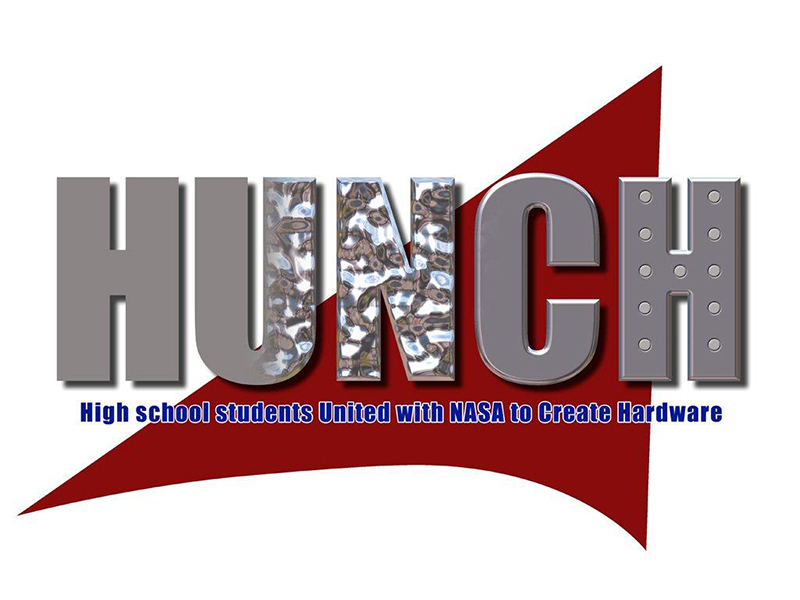When NASA calls and offers your students an opportunity of a lifetime, you do not pass it up, which sums up the experience of teacher Andy Shaw at Mount Washington Valley Career & Technical Center. In this case, however, it was an email as opposed to a phone call.
“I opened up my email one day, and it said, “Do you and your students want to make parts for NASA?” he said. “I could hardly believe it.”
According to Shaw, the communication resulted from MWV Career & Technical Center’s placement in a Skills USA Precision Machining Competition in which they placed 17th in the nation. Readily accepting their offer, Shaw said his students experienced “substantial success” in the year that followed manufacturing pre-designed parts.
In recent months, however, the bar was raised significantly. As Shaw noted, the MWV Career & Technical Center was approached by NASA to become a Design to Prototype school. At this level of collaboration, students work to develop solutions to problems brought back by astronauts from the International Space Station.
One of only 40 schools in the nation certified to handle material for NASA, Shaw said such a designation has provided students opportunities few ever realize. In late September, NASA and the Goddard Space Flight Center sent people to the Career and Tech Center to talk with students about their collaboration to build parts for the space program.
“The students got to work alongside people from NASA for about 8 hours,” he said. “They made a demo while they were here—it was an incredible experience.”
For Shaw, the best part of the entire experience for him has been how students in the Machine Tool Program have reacted to the increase in responsibility. In his own words, “Students are taking off.”
“Just the look on their faces was priceless when NASA was here,” he said. “You can see kids opening up.”
As for how such opportunities are possible with NASA, Shaw cited High Schools United with NASA to Create Hardware (HUNCH), an instructional partnership that began with high schools and intermediate/middle schools. Within this partnership, NASA receives cost-effective hardware, while students receive real-world hands-on experiences. Additionally, NASA provides materials, equipment and the mentoring required to fabricate the items as well as quality inspection oversight during their fabrication.

“It’s an incredible opportunity for our program and especially for these kids,” said Shaw, who noted his students also raised money to visit the Goddard Space Flight Center in Maryland. “The whole experience has been incredible.”
The focus for students now, however, is their next project, which they have already begun.
“It’s a mechanical pencil for the International Space Station,” he said. “The students and I couldn’t be happier about the project.”
To learn more about NASA Hunch, visit www.NasaHunch.com.
To learn more about MWV Career & Technical Center, visit www.MWVCTC.com.

